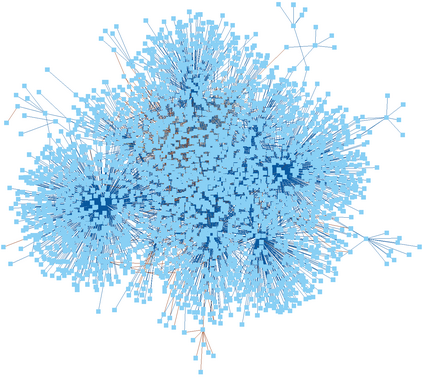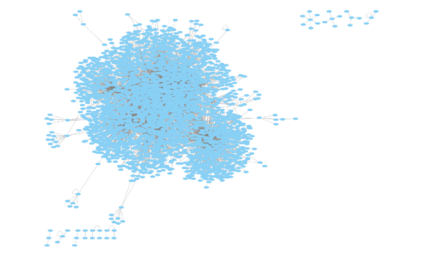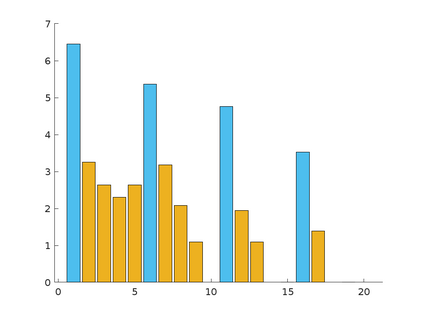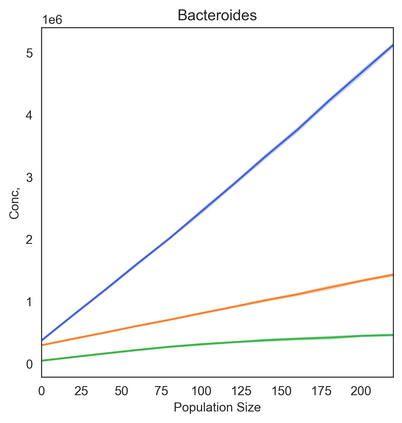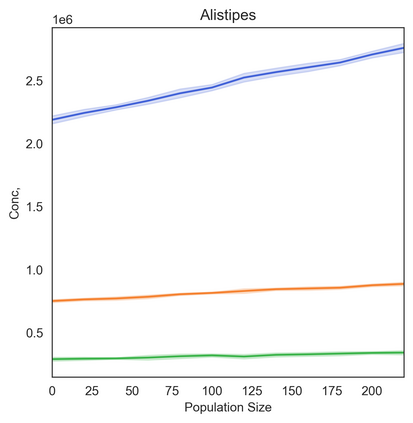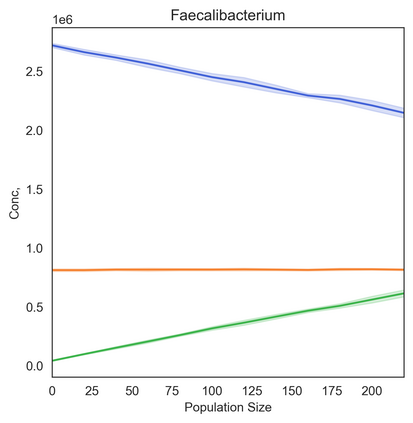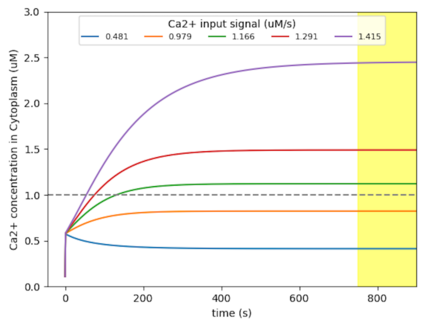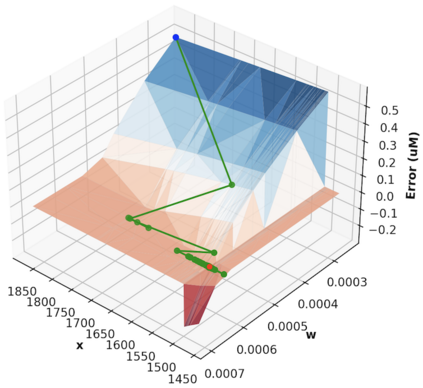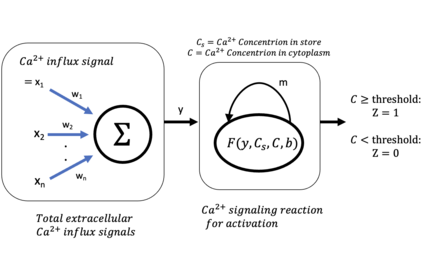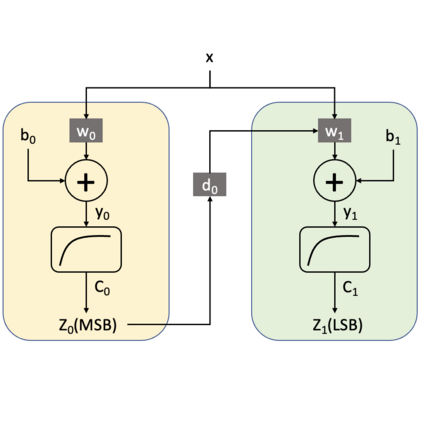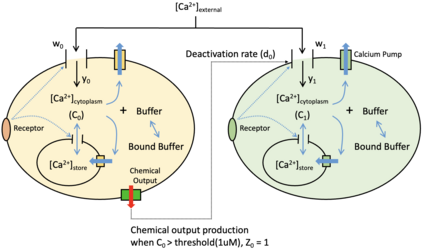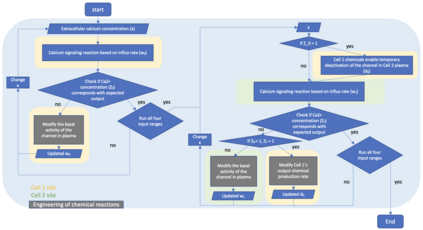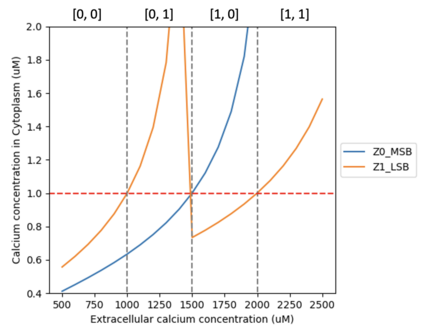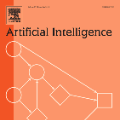Artificial Intelligence (AI) and Machine Learning (ML) are weaving their way into the fabric of society, where they are playing a crucial role in numerous facets of our lives. As we witness the increased deployment of AI and ML in various types of devices, we benefit from their use into energy-efficient algorithms for low powered devices. In this paper, we investigate a scale and medium that is far smaller than conventional devices as we move towards molecular systems that can be utilized to perform machine learning functions, i.e., Molecular Machine Learning (MML). Fundamental to the operation of MML is the transport, processing, and interpretation of information propagated by molecules through chemical reactions. We begin by reviewing the current approaches that have been developed for MML, before we move towards potential new directions that rely on gene regulatory networks inside biological organisms as well as their population interactions to create neural networks. We then investigate mechanisms for training machine learning structures in biological cells based on calcium signaling and demonstrate their application to build an Analog to Digital Converter (ADC). Lastly, we look at potential future directions as well as challenges that this area could solve.
翻译:人工智能(AI)和机器学习(ML)正在编织成社会结构,在社会结构中,他们正在我们生活的方方面面发挥关键作用。我们看到在各种类型的装置中越来越多地部署AI和ML,我们从使用这些装置成为低功率装置的节能算法中受益。在本文中,我们调查一个规模和介质,这个规模和介质远远小于常规设备,因为随着我们转向能够用来履行机器学习功能的分子系统,即分子机学习(MML),MMML的运作基础是分子通过化学反应传播的信息的运输、处理和解释。我们首先审查目前为MLML开发的方法,然后我们着手审查目前为ML开发的方法,这些方法将依靠生物生物生物机中的基因管理网络及其人口相互作用来创建神经网络。我们然后调查以钙信号为基础对生物细胞的机器学习结构进行培训的机制,并展示其用于建立数字转换器(Analog)的应用。最后,我们审视未来方向以及这一领域可以解决的挑战。


